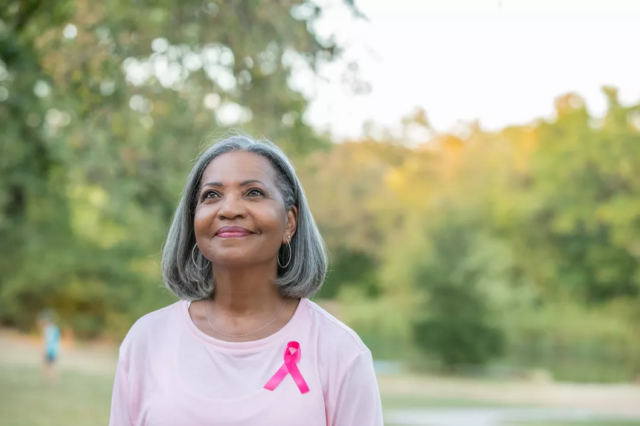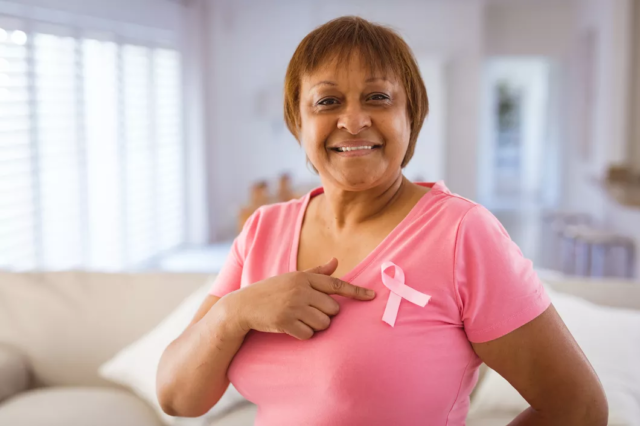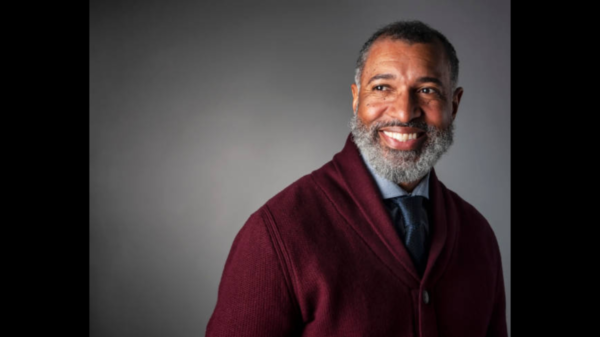By Zuri Anderson

Many experts and resources say Black people are disproportionately affected by cancer, especially breast cancer. Very few, however, are shedding light on how that’s improved over the years and what can be done to alleviate concerns and issues surrounding treatment, services, and more.
To see how much the disparities have changed for Black patients with breast cancer and those at risk, the Black Information Network spoke with Dr. Ahmedin Jemal, DVM, the senior vice president of the American Cancer Society (ACS)’s Surveillance & Health Equity Science Department.
Dr. Jemal’s research includes cancer surveillance and health services with a focus on “disparities and social determinants of health and the effects of public health policies and programs on access to cancer care and outcomes in order to accelerate the application of known interventions broadly and equitably to all populations,” as noted in his biography on ACS’s website.
Dr. Jemals’ research has also been cited in the defense and discussion of public health policies and laws, including the Affordable Care Act. One of his most illuminating findings is that Black women had “slightly lower” breast cancer mortality than their white counterparts before 1980 when mastectomy was the mainstay of treatment.
“What happened in the 1980s was that mammography and adjuvant hormonal therapy disseminated widely, but unequally between Black and White women,” Dr. Jemal said to BIN. “This led to the emergence and widening of the racial disparity in breast cancer mortality.”

The esteemed researcher added that between 1990 and 2020, breast cancer mortality in Black women was 43 to 45% higher than in white women despite progress in reducing the rate in both demographics.
“The decline in reducing breast cancer mortality began later and was slower in Black women compared to white women,” he said. “Over the last 30 years, breast cancer mortality in Black women decreased by 30%. Which is remarkable, but it is lower compared to a 41% decline in white women.”
But what about men? While men afflicted with breast cancer are very rare compared to women, the disparities are much higher for Black men.
“Black men have both higher incidences and mortality rates compared to white men,” Dr. Jemal stated. “Black men have a 50% higher incidence rate and almost 100%, or twice as high as mortality rates, [than] white men.”
Dr. Jemal also dove into what’s helping mitigate the issues plaguing the Black community regarding breast cancer.
Breast Cancer Mortality Is Declining For Black Women

The ASC executive told BIN that the disparity in healthcare access plays a role in these staggering statistics. This includes interventions, mammograms, screenings, and other services. Even then, it doesn’t stop there since there are other barriers to adequate health care, such as location, transportation, paid sick leave, income, availability of specialized doctors and centers, and other obstacles, according to Dr. Jemal.
Another obstacle for Black Americans is finding medical professionals who look like them. According to their 2021 Physician Specialty Data Report, 525 out of 15,012 oncologists, doctors specializing in cancer, identified as Black. That’s 3.5% of all U.S. oncologists active in the country.
“We know that Black people are more comfortable with their own, with a provider of their own race,” Dr. Jemal pointed out. “The barrier is really the availability of doctors in the Black community neighborhood.”
Despite these issues, Dr. Jemal said two critical public health policy changes significantly improved breast cancer mortality rates over the last decade: The Affordable Care Act and the expansion of Medicare to low-income families were game-changers in helping Black communities struggling to afford healthcare. Before President Barack Obama signed the ACA into law in 2010, Dr. Jemal revealed that 20% of Black people were uninsured.
A 2022 report from the U.S. Department of Health and Human Services confirmed the amount of uninsured Black Americans under age 65 dipped from 20% (7.1 million people) in 2011 to 12% (4.4 million) in 2019, a 40% decline. Dr. Jemal added that’s compared to the 5 to 6% of uninsured white people after the ACA became law.
Dr. Jemal noted that things would improve drastically if certain states with large Black populations expanded Medicare to low-income Americans.
“There are about 11 states that haven’t yet expanded Medicaid. Those states… which is Georgia, Florida, Mississippi, Alabama, [and] Kansas, where you have a high proportion of [the] Black population,” he told BIN. “So if you include Texas, Florida, Georgia — they almost represent such 7% of the uninsured Black population in those states.”
The Black Information Network is your source for Black News! Get the latest news 24/7 on The Black Information Network. Listen now on the iHeartRadio app or click HERE to tune in live.









You must be logged in to post a comment Login